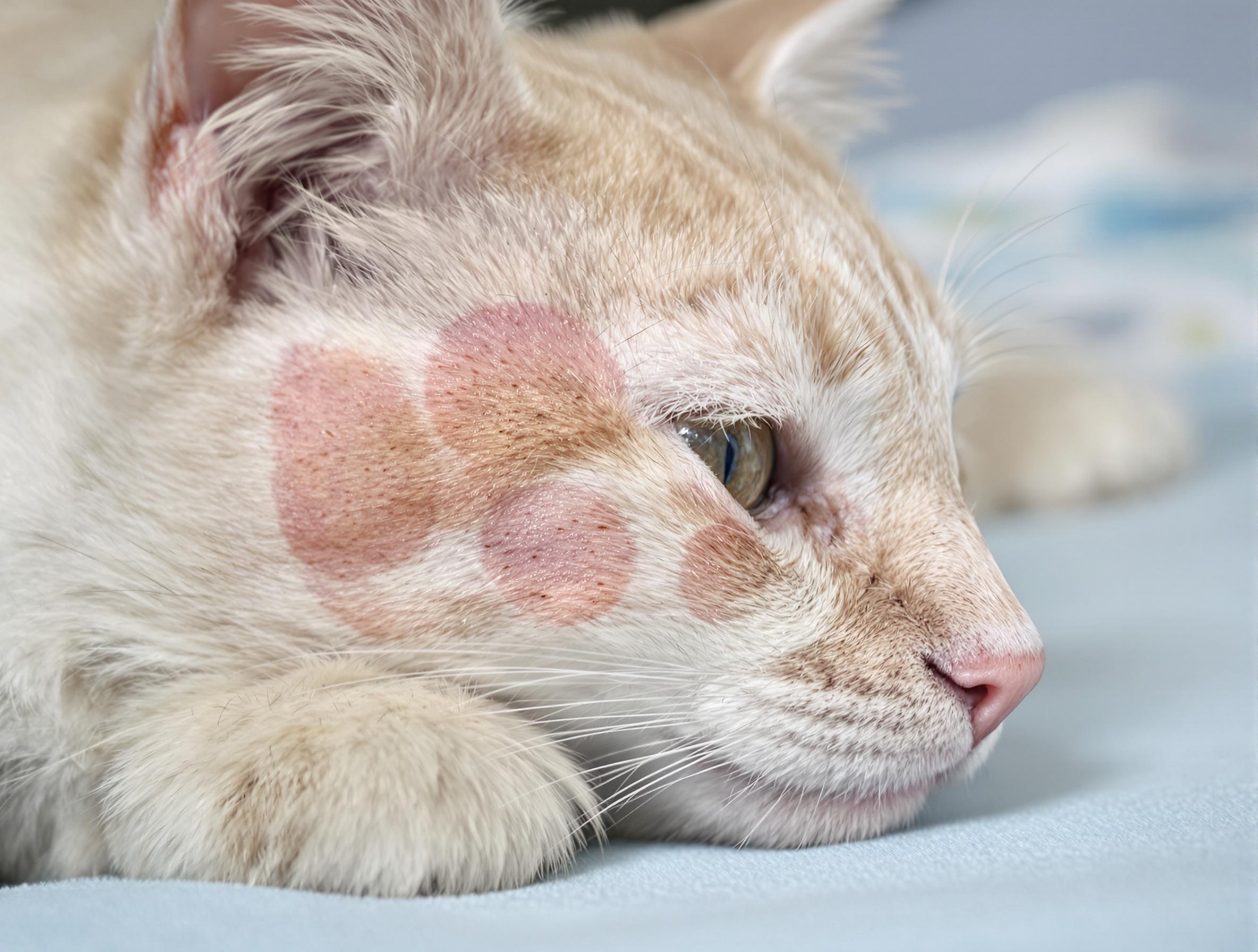A Guide to Identifying Ticks on Pets

Key takeaways:
- Early detection of ticks is essential in preventing serious health issues like Lyme disease and tick paralysis in pets.
- Regular checks and grooming sessions can help identify physical signs of ticks on pets, such as skin bumps and behavior changes.
- Partnering with a veterinarian for customized prevention plans and using preventative products consistently offers the best protection against ticks for pets.
Understanding Ticks and Why Early Detection Matters
No one likes unwelcome surprises—especially when they come in the form of ticks on your pet. These tiny pests can latch onto your furry friend and, if not caught early, may carry diseases like Lyme and cause other issues for your pet. The good news? You can spot them quickly to keep your pet safe.
At PetHealthMD, we know how much you care about your pet. That’s why we’ve put together simple, vet-approved tips to help you identify ticks, prevent infestations, and apply treatments effectively.
If you spot ticks on your pet or are concerned about tick-related issues, consult your veterinarian for the best care advice tailored for your pet.
Spotting Ticks on Your Pet

Ticks are tiny pests that love to hide in your pet’s fur, but spotting them early can help you keep your pet comfortable and healthy. Regular checks are key in preventing irritation and tick-related health issues. Here’s what to look for:
Small Lumps or Bumps on the Skin
Ever noticed a little bump while petting your dog or cat? Sometimes, that’s just a harmless spot—but it could also be a tick. Look for small, oval-shaped parasites ranging from reddish-brown to black in color, often resembling tiny dark seeds when unfed. Ticks feel like firm bumps and get bigger as they feed. They’re usually hidden in areas like the ears, neck, and between the toes.
Redness or Irritated Skin
A tick bite might leave behind a small red spot, mild swelling, or irritation. Some pets barely notice, while others may lick or scratch the area more than usual. If you see a patch of red or flaky skin, inspect it closely to ensure it’s not a tick.
Scratching or Licking More Than Usual
If your pet keeps scratching or licking one particular spot—especially in warm areas like the armpits, groin, or around the ears—it could mean something’s bothering them. A gentle check can help determine if it’s a tick.
More Tired Than Usual
Some pets slow down a bit when they’re dealing with a tick bite. If your pet seems less playful or naps more than usual, do a quick tick check to be safe.
Walking Differently
Ticks can attach near joints, making your pet walk stiffly or hesitate to move. If your pet seems uncomfortable, check their paws, legs, and belly.
Less Interest in Food
Every pet has off days, but if yours isn’t eating as much as usual, it could be worth checking for ticks—especially if other symptoms are present.
If you find a tick and aren’t sure how to remove it, or if your pet just doesn’t seem like themselves, contact your vet for prompt care.
Common Questions About Ticks
How Do Changes in Energy and Appetite Signal Tick Problems?
A noticeable drop in energy combined with reduced interest in food can indicate tick-related health issues. Keep a daily log of your pet’s activity levels and eating habits—this helps your veterinarian make an accurate diagnosis.
What Preventive Steps Help Protect Against Tick-Related Behavior Changes?
Regular grooming sessions double as health check opportunities. Set a weekly schedule to examine your pet thoroughly, paying special attention after outdoor activities in tick-prone areas.
What Happens If I Don’t Remove a Tick from My Pet?
If a tick stays on too long, it can cause irritation, redness, and itching. Some pets may scratch the area, leading to infections. In rare cases, ticks can cause fatigue or transmit diseases like Lyme disease. Removing ticks quickly helps prevent these issues.
How Do I Safely Remove a Tick from My Pet?
Use fine-tipped tweezers to grip the tick as close to the skin as possible and pull straight out—no twisting. After removal, clean the area with antiseptic. Avoid squeezing the tick, as this can push bacteria into the skin.
What Are the Best Ways to Treat Ticks on My Pet?
Use tick shampoos, sprays, or vet-prescribed topical treatments to kill and repel ticks. Oral medications provide long-term protection, and tick collars add an extra layer of defense. You can browse tick and flea prevention products to find options recommended by veterinarians.
What Is Lyme Disease? Is It Serious?
Lyme disease is a bacterial infection transmitted by certain ticks. Most pets with Lyme disease don’t show symptoms immediately, but over time, they may develop joint pain, stiffness, tiredness, or fever. In rare cases, it can lead to serious complications like kidney issues. The good news? It’s treatable, especially if caught early.
Keeping Your Pet Tick-Free

Protecting your pets begins with regular grooming sessions. Using a quality flea comb during brushing helps spot and remove ticks early while supporting coat health with omega-3 supplements, creating a natural barrier against parasites.
Partnering with your veterinarian to create a personalized plan for preventing ticks can help you find solutions that suit your furry friend. Vets often recommend using preventative flea and tick products consistently for reliable protection.
PetHealthMD has more resources to guide you through common pet health issues and proactive care guides. Whether you’re a new pet parent or just want to improve your pet-care skills, we’re here to help.
Explore all flea and tick treatments on PetMeds to keep your pet happy, healthy, and tick-free.





